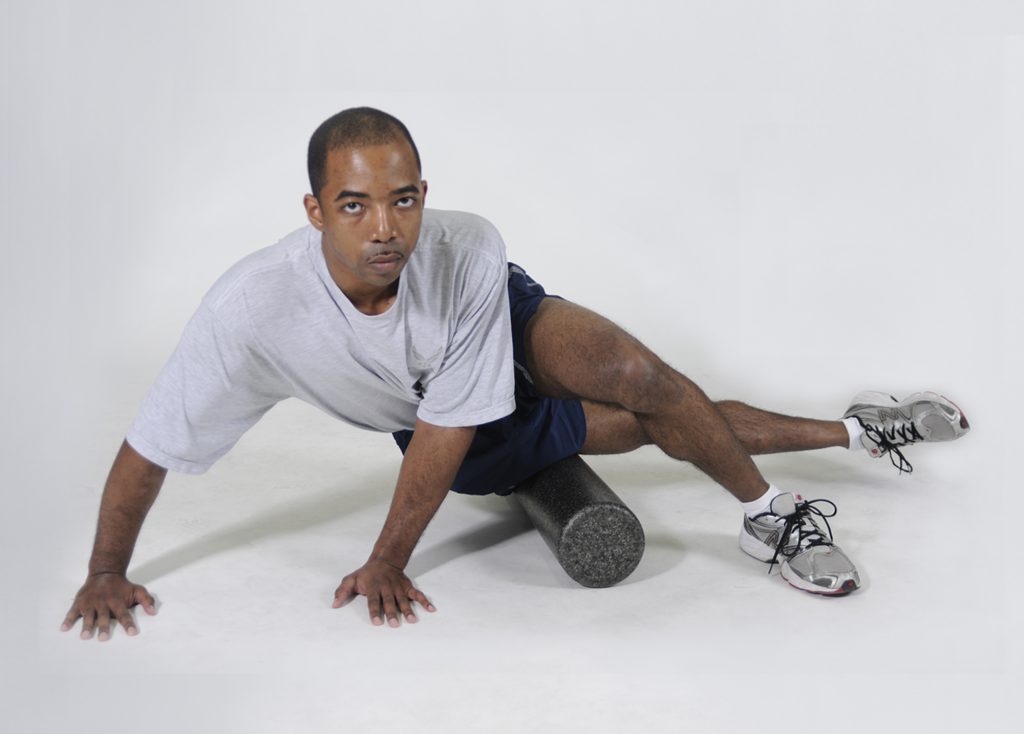The use of foam roller by health professionals and its effect on pressure pain threshold
Self-myofascial release using a foam roller or also called roller massage is quite popular nowadays among athletes and been recommended to patients by many health professionals. Rehabilitation professionals also often prescribe foam rolling as an intervention to augment other manual therapies or as a warm-up or recovery after athletic activity.
A recent survey among allied health professionals in the United States found that most respondents believed that roller massage decreases pain (82%) and increases mobility (76%). A high percentage use a foam roller in their practice (81%), recommend a full-size foam roller (49%), and believe the medium density (48%) is the most effective.
A high proportion of respondents prescribe roller massage for injury treatment (69%) and pre-and post-exercise (61%). They also recommend rolling daily for 30 seconds to 2 minutes per muscle group (33%) at a self-paced cadence (46%). A high percentage of respondents use patient-reported outcomes (74%), joint ROM (49%), and movement-based testing (48%) to measure effects of roller massage.
Another study examined the effect of foam rolling on the pressure pain threshold (PPT). Pressure Pain Threshold (PPT), as its name implied, is a term used to describe the minimal pressure necessary to cause pain. It is used as a measure of someone’s pain threshold in response to pressure, or, their sensitivity. The study investigated the immediate effects of roller massage on the ipsilateral agonist, antagonist, and contralateral muscle group PPT among men and women.
Twenty healthy adults (M = 10, F = 10; mean age = 27.4 ± 8.5 years) participated in a pre-test, post-test observational study. The participants conduced a video-guided foam roll treatment on the left quadriceps group.
Both men and women showed a statistically significant effect of time on PPT for the left quadriceps, left hamstring, and right quadriceps. However, no significant difference in PPT between men and women were found for the left quadriceps, left hamstring, and right quadriceps muscle groups.
These findings suggest that foam rolling can immediately reduce PPT in the ipsilateral agonist, antagonist, and contralateral muscle groups both in men and women.

